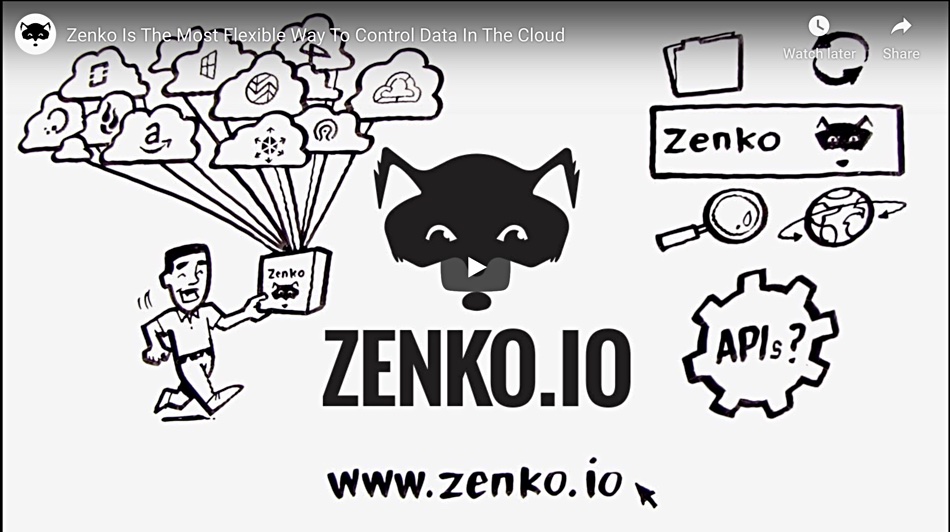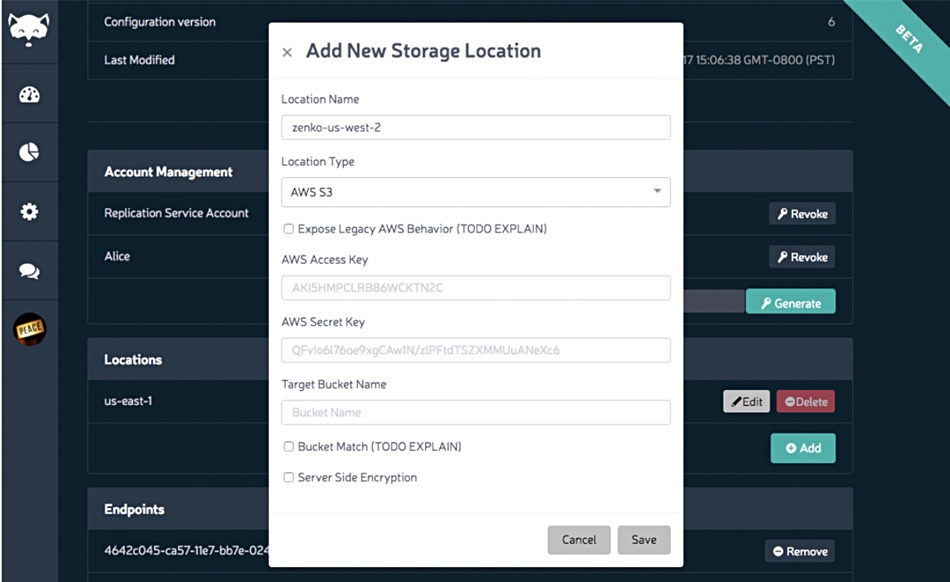Scality, the object storage vendor, has added data-moving to its Zenko data management software. The upgrade turns Zenko into a data orchestrator and controller that works across multiple public clouds and on-premises file and object stores.
This has echoes of the file lifecycle management capabilities of Komprise and InfiniteIO and the global metadata-based activities of Hammerspace.
Zenko sprang out from Scality’s engineering team in September 2018. It is positioned as an object and file location engine, a single namespace interface through which data can be stored, retrieved, managed and searched across multiple disparate private and public clouds, enabled by metadata search and an extensible data workflow engine.

But at launch, it could not move data. Now it has “an open source, vendor neutral data mover across all clouds, whether private or public like AWS,” Scality CEO Jerome Lecat said.
Giorgio Regni, Scality CTO, added: “This release provides deeper integration with AWS. Customers can now write directly to AWS S3 buckets and Zenko will see this data and manage it. Prior to this release, customers had to write the data into Zenko to apply workflow policies like tiering and lifecycle. Now any existing AWS S3 bucket and on-premises NFS (i.e.Isilon and NetApp) volume can be discovered by Zenko and form part of Zenko’s global namespace.”
The Zenko software supports AWS S3, Azure Blob, Google Cloud and Wasabi public clouds. On-premises systems supported Scality’s RING and other S3 object storage, Ceph and NAS (NFS only). Zenko inspects these sources and imports object and file metadata into its own store. Applications interface to Zenko with a single API and can search for and access objects in this store, with Zenko effectively acting as an access endpoint for the various source object and file storage repositories.
The data moving capability means Zenko can move objects and files between the source locations, as workload needs dictate.
The Zenko store is kept up to date, over time and not in real time. by using asynchronous updates. These are triggered with mechanisms such as the AWS S3 Bucket Notification, Lambda functions and AWS Identity and Access Mechanism (IAM) policies for cross-site access control.
These updates can trigger Zenko actions. For example, objects might have a specific metadata tag attached to them, such as “archive”. This could initiate Zenko data moving workflow action to archive the object into a public cloud cloud cold store, or a Fujifilm Object Archive tape library. Other tags could initiate a replication exercise or cause data to be moved to specific target sites and applications.

Scality could develop Zenko to enhance its Zenko Orbit storage monitoring and analytics component to move data in response to policies setting, for example, cost and capacity limits.
Regni said “We are working with several ISV and system partners in Europe, the US and Japan to help them accelerate new solutions in cloud and object data management based on Zenko.”
There is a free version of open source Zenko and a licensed enterprise version. You can check out a Zenko White Paper for more information.








